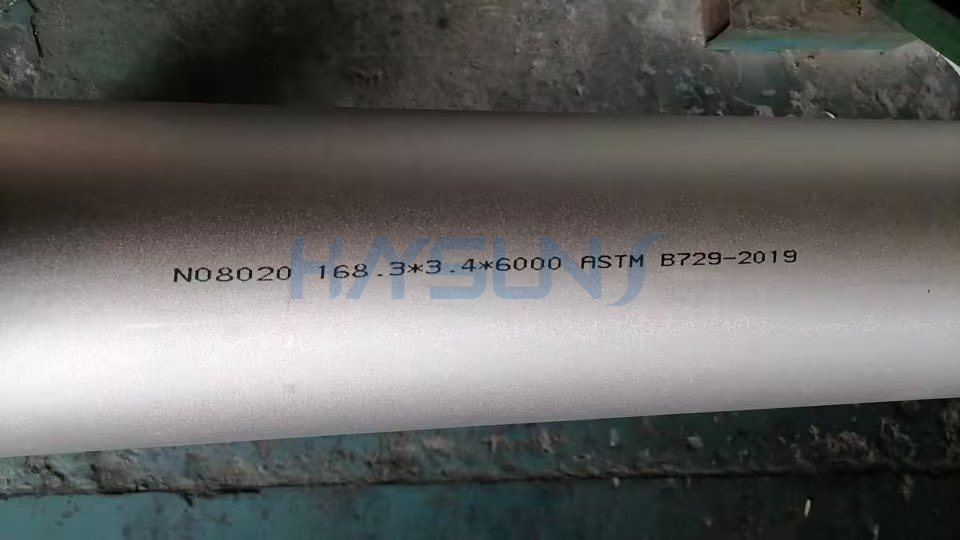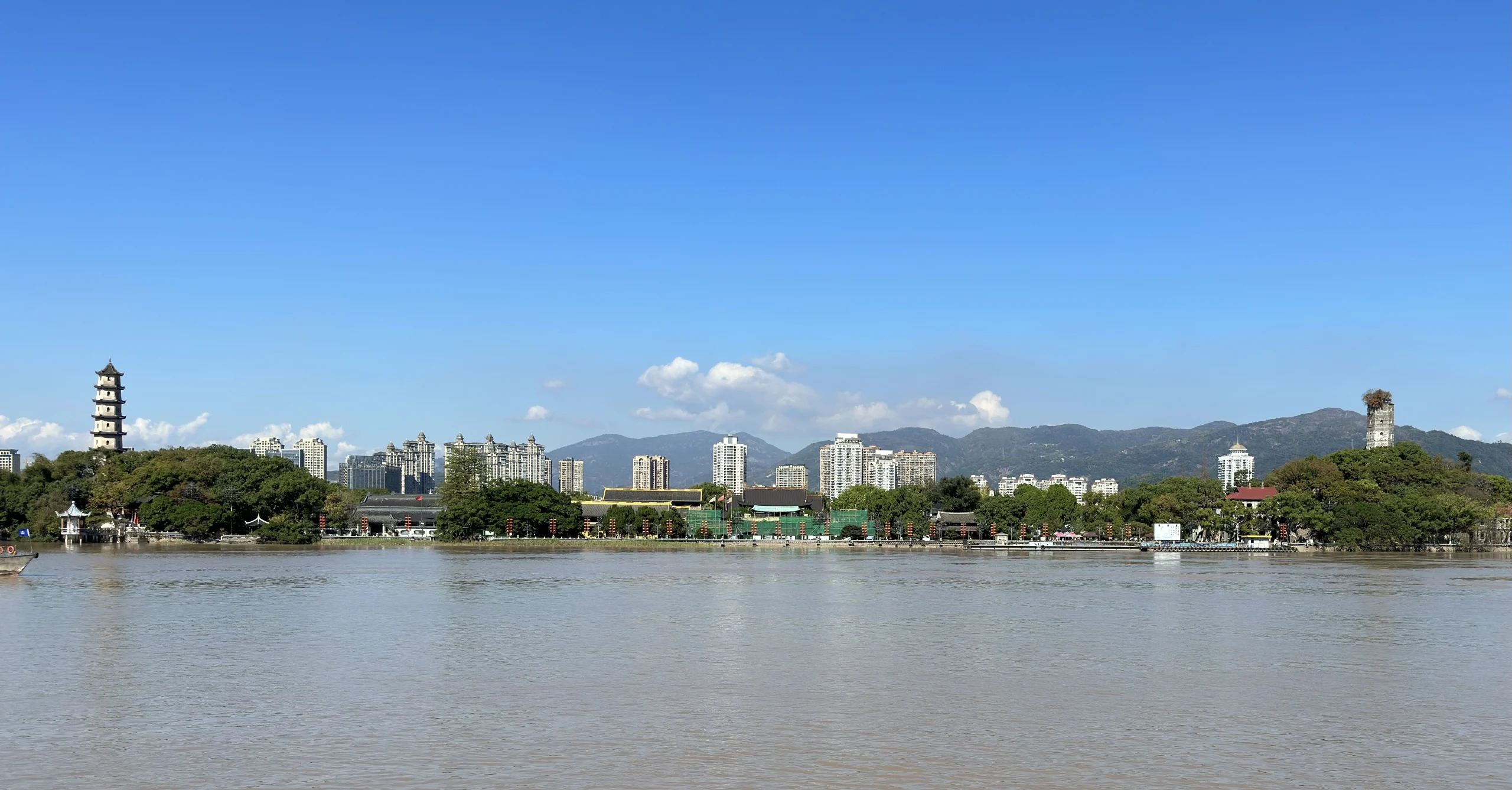Heavy rainfall will lead to a gradual decline in the demand of stainless steel welded pipes due to resumption of work
Recently, the south suffered the heaviest rainfall since flooding. The continuous torrential rain has broken the record, and more than 2.6 million people have been affected, and it will still be surrounded by rain in the next 10 days. Under such heavy rain, construction on multiple construction sites was blocked, and the demand superposition phenomenon caused by the resumption of work in the early stage will gradually subside, and the demand for stainless steel welded pipes has dropped significantly.
The middle and lower reaches of the Yangtze River and the Jianghuai region have successively entered rainy season, and most parts of the north have entered the high-season season. The stainless steel welded pipe market has entered the traditional off-season season, and the current output is still rising. Will the price of stainless steel welded pipes be corrected later due to reduced demand?
Due to the interference of rainy weather on open-air construction projects, some construction sites have also been shut down, resulting in a rapid decline in the demand and volume of stainless steel welded pipes in these areas recently. This time may last from 20 to 40 days.
In the northern region, due to the impact of high temperatures, the demand for stainless steel welded pipes has also recently declined to some extent. It can be seen that the recent shipments have dropped significantly, which also indirectly shows that the demand for stainless steel pipes has declined to some extent.
While demand is declining, crude steel output is accelerating. The average daily output of China Steel Association’s member enterprises in early, mid- and late May was 2.075 million tons, an increase of 110,000 tons from the April average, or 5.6%, which is only one step away from the historical peak.
At the same time, the operating rate of the blast furnace is still rising. According to the current production status of the steel mill, the average daily output of crude steel will continue to rise in the later period, or it will create a new historical record.




